There’s a particular kind of magic that lives in the spaces where we gather, the thrum of drums echoing through a hall, the shimmer of aso-ebi fabric under warm light, the joy in waves of laughter. For Nigerian-British multidisciplinary artist Orry Shenjobi, these moments are not just fleeting bursts of happiness but acts of memory, belonging, and preservation.
Born in 1997 and raised between Lagos and London, Shenjobi’s world has always straddled dualities; the familiar warmth of home and the restless pulse of the diaspora. Trained in product design at the University of Leeds and later earning a master’s in Social Innovation and Sustainable Futures from the University of the Arts London, she has cultivated a practice that blends craftsmanship, design, and social consciousness. Her art moves fluidly between mediums: photography, painting, textile, film, and scent. Each serves as a fragment of a larger vision, a world where culture isn’t merely represented, but felt.
This October, she brings that world to The Africa Centre in London with A WÀ ǸBẸ̀ Part II, the continuation of her critically acclaimed exhibition first unveiled at the Venice Biennale as part of the Foreigners Everywhere exhibition with the European Cultural Centre (ECC). The title — A wà ńbẹ̀, Yoruba for “We are there” — is both statement and sentiment: an assertion of presence, a call to gather, a promise that even across oceans and histories, we remain connected. Following its debut on one of art’s most prestigious global stages, the exhibition now returns home to a city that mirrors its maker’s journey and to a community that has long carried the spirit of her work in its heart.
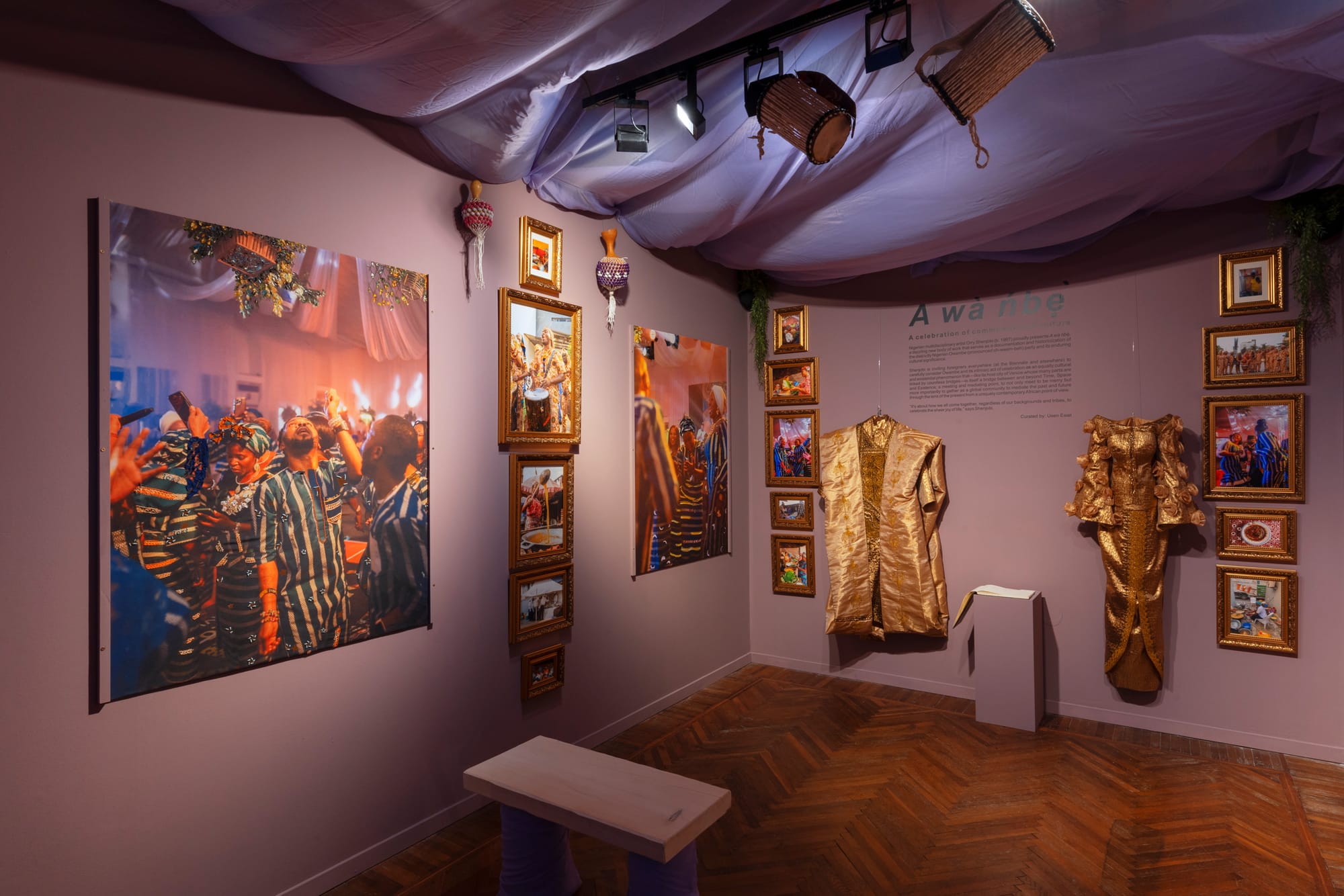
A Homecoming Through Celebration
When A WÀ ǸBẸ̀ first appeared in Venice as part of the European Cultural Centre’s Personal Structures exhibition, it marked Shenjobi’s emergence onto the international stage, a moment of both introduction and affirmation. Against the backdrop of the Biennale’s theme Foreigners Everywhere, her work stood as a vivid reminder of how African cultures, particularly those of the Nigerian diaspora, continue to shape global creative consciousness.
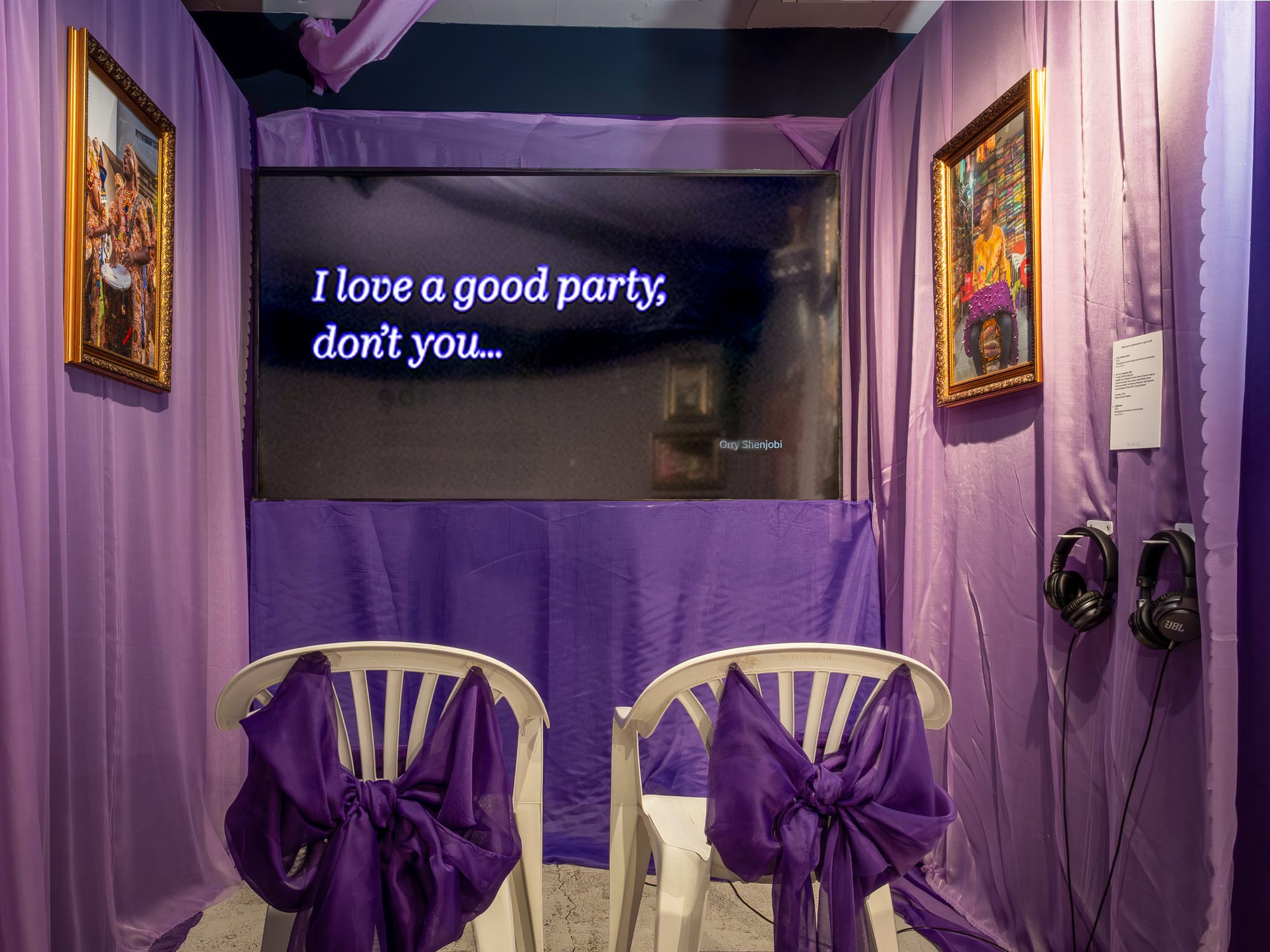
But where Venice was about dialogue and visibility, London is about return and resonance. At The Africa Centre, A WÀ ǸBẸ̀ Part II becomes more than an exhibition; it becomes an embodiment. The show is a homecoming through sound, scent, and story; a reimagining of Òwàmbè, the legendary Nigerian celebration that inspires Shenjobi’s visual language.
“Owambes are more than just parties; they are like a spiritual experience,” Shenjobi explains. “It’s about how we all come together, regardless of our backgrounds and tribes, to celebrate the sheer joy of life.” In A WÀ ǸBẸ̀, this joy becomes sacred, an act of remembering who we are, and where we come from.
Time, Space, and Existence; Crafting a Multisensory Memory
The conceptual framework of A WÀ ǸBẸ̀ Part II continues to draw from the triad of Time, Space, and Existence, but in London, these ideas are no longer abstract, they are sensorial, tangible, alive.
Time unfolds through Shenjobi’s layered paintings and bricolage photography. Each image feels like an archive, a choreography of histories where personal memory meets collective inheritance. Her canvases shimmer with texture, with oil paint catching light of the rhinestones on a dancer’s dress, threads mapping the delicate ties that bind one generation to the next. In her world, time is not linear; it loops and lingers like a melody, one you can still hear long after the party ends.
Space is reimagined entirely. The Africa Centre transforms into a living Òwàmbè hall, a site where sound, fabric, and film blur the boundaries between gallery and gathering. Shenjobi and her collaborators — curator Usen Esiet, sound artist Yinka Bernie, and textile designer Suleiman Ismaila Gwarzo— construct an atmosphere that pulls visitors inward. The scent of food, the pulse of drums, and the glimmer of fabric create a tapestry of sensation that makes the viewer not just an observer, but a participant.
Existence reveals itself through rhythm and ritual. The short film, directed by Shenjobi and accompanied by Bernie’s enveloping soundscape, captures the heartbeat of celebration as both art and affirmation. The film’s pacing mirrors the tempo of an Òwàmbè in full flow, the camera moving like a dancer, tracing stories that live in laughter, movement, and stillness. Through this multisensory experience, A WÀ ǸBẸ̀ Part II becomes a space of communion, a collective memory rendered visible and audible.
In Shenjobi’s hands, art becomes a bridge between the tangible and the spiritual. The exhibition’s textures speak to the material reality of celebration, while its atmosphere invites something metaphysical: a shared recognition that joy, too, is a form of survival.
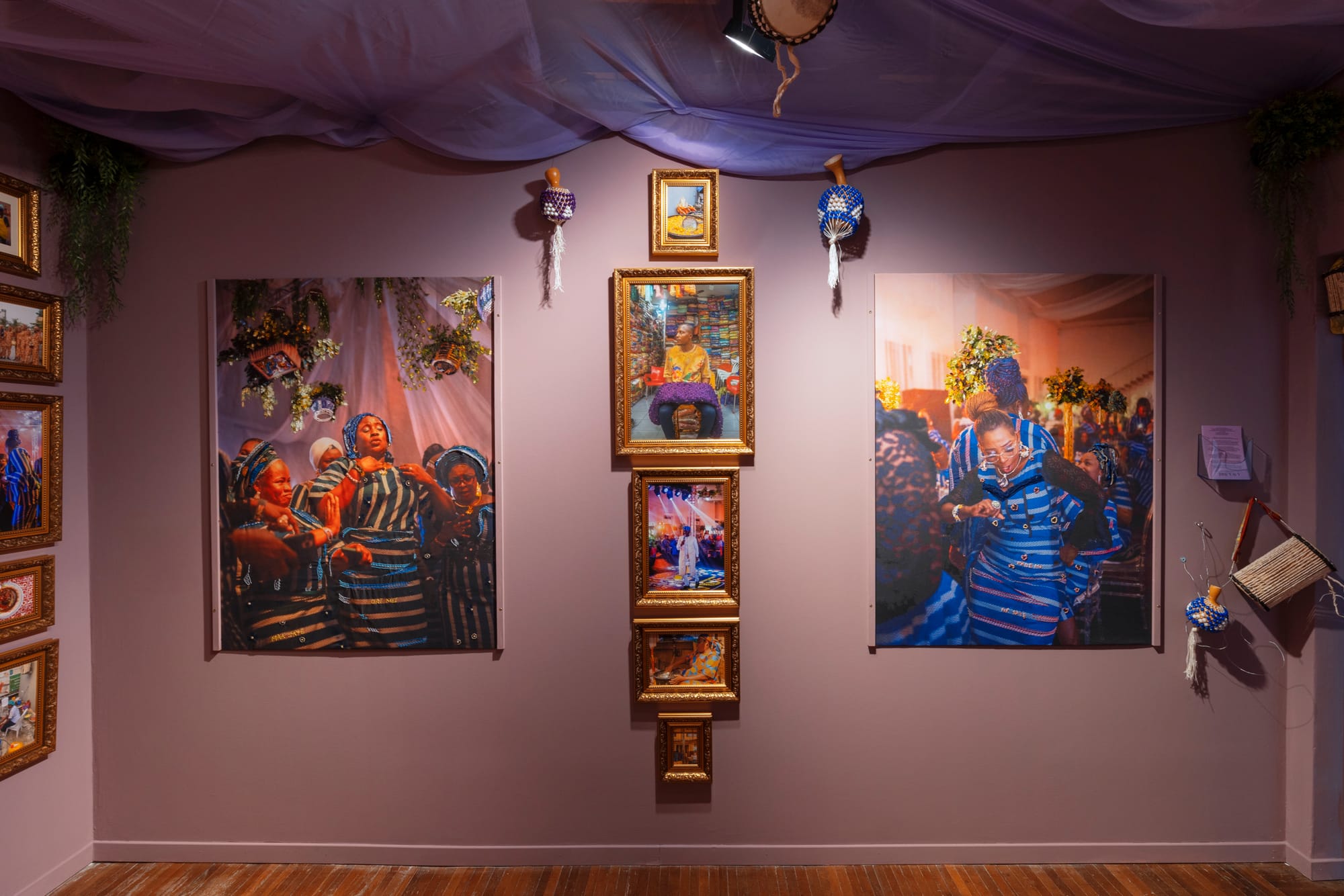
London as Setting, London as Spirit
To bring A WÀ ǸBẸ̀ Part II to The Africa Centre is to return the work to the pulse of its people. For over six decades, the Centre has stood as a home for African art and thought in London, a gathering place for those in search of cultural connection. Within its walls, Shenjobi’s installation feels less like a presentation and more like a continuation, a moment that ties together the global trajectory of A WÀ ǸBẸ̀ with the lived experience of the African diaspora.
Here, the exhibition becomes personal. It echoes the sounds of London’s own communities from Peckham’s weekend parties to Hackney’s open-air markets, where fragments of Òwàmbè culture persist in new forms. Shenjobi’s art captures that spirit: the constant negotiation between here and there, home and away. It is, at its core, a love letter to the diaspora to the people who keep joy alive wherever they find themselves.
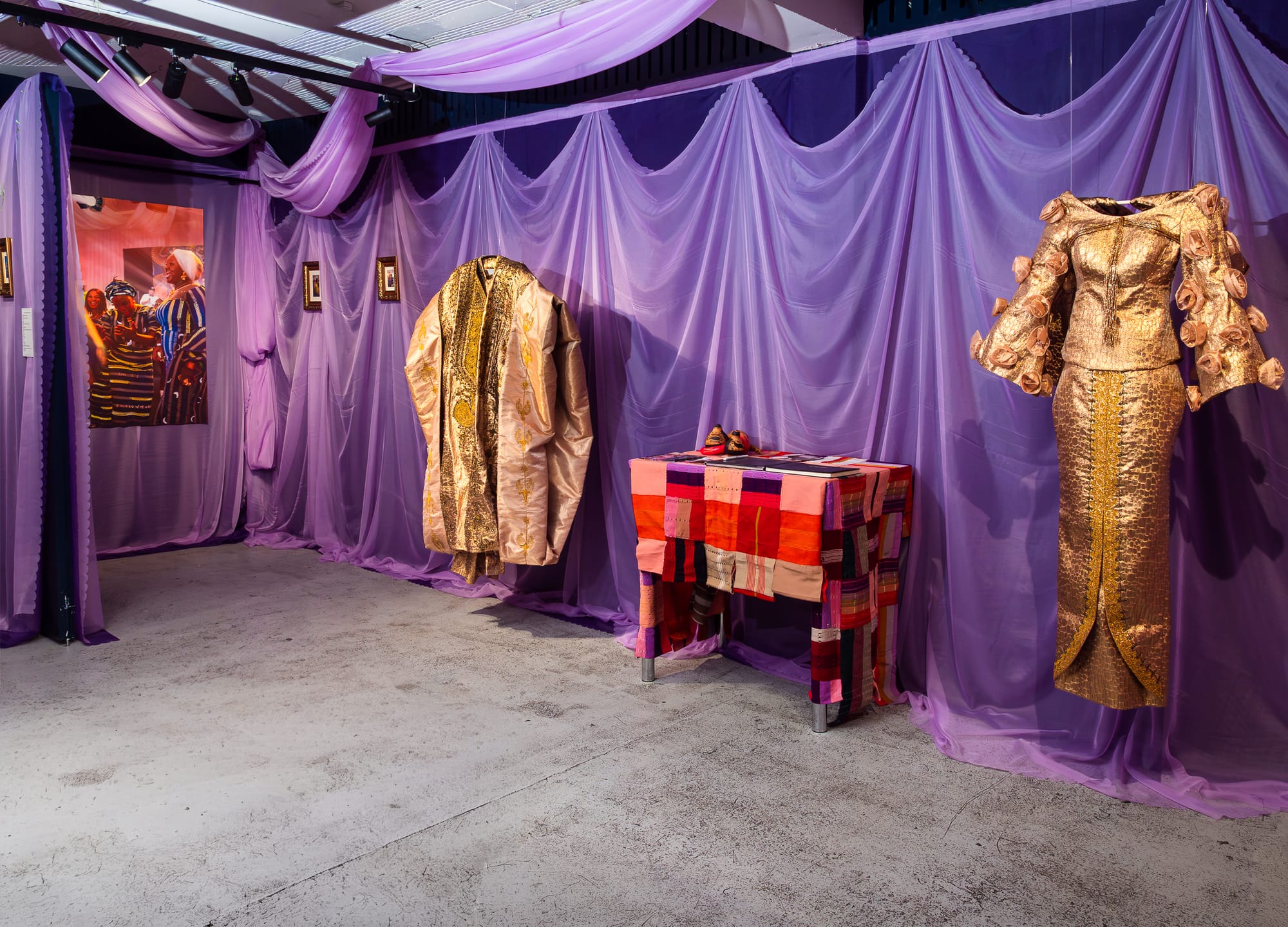
The Art of Celebration
What Orry Shenjobi achieves with A WÀ ǸBẸ̀ Part II is both poetic and profound. Through the act of reimagining the Òwàmbè, she reminds us that celebration is not frivolity, it is language, it is lineage. The colours, the textures, the rhythms of her work become metaphors for connection itself.
In this exhibition, joy is treated as an inheritance, something passed down, reinterpreted, and preserved. “We, as a people, go through so much in life that we truly deserve these moments of balance and celebration,” Shenjobi says. A WÀ ǸBẸ̀ is her response to that truth: an insistence that even in displacement, we find ways to return to ourselves.
Ultimately, this is not just an exhibition about parties, it’s about presence. To say A wà ńbẹ̀ is to declare that we exist, that we are part of something enduring. It’s about showing up — in art, in community, in life — and finding joy as both memory and method.
Watch, Listen, Experience
To step inside Shenjobi’s world, explore her process and reflections through:
- See the Exhibition
- Orry Shenjobi: A WÀ ǸBẸ̀ | Venice Edition
- Inside Studio Orry
- The Making of A WÀ ǸBẸ̀
And discover more at orryshenjobi.com/a-wa-nbe

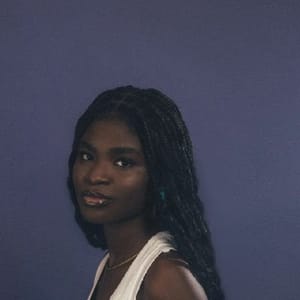
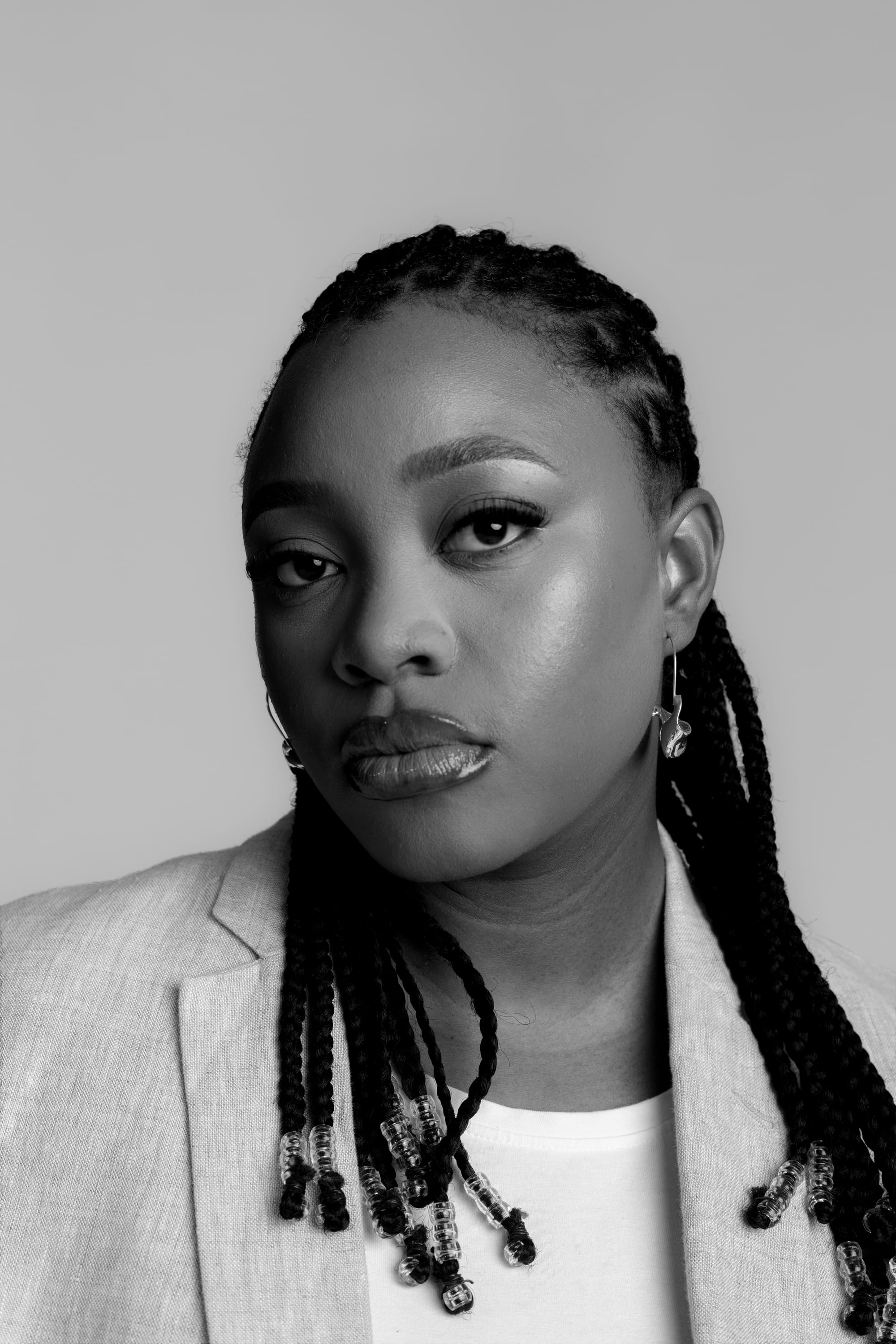

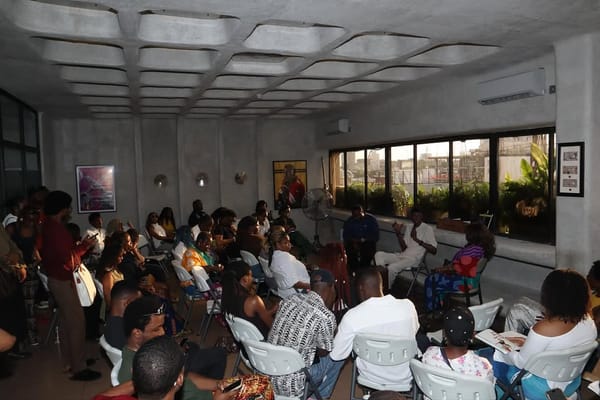
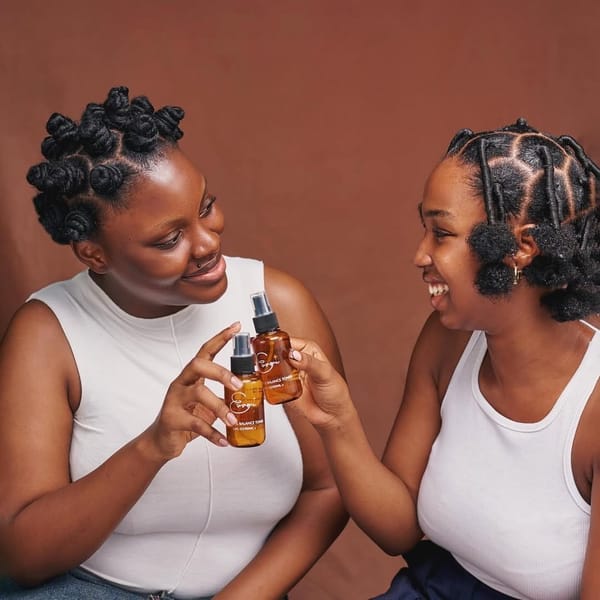
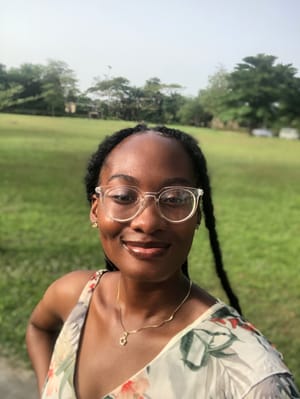
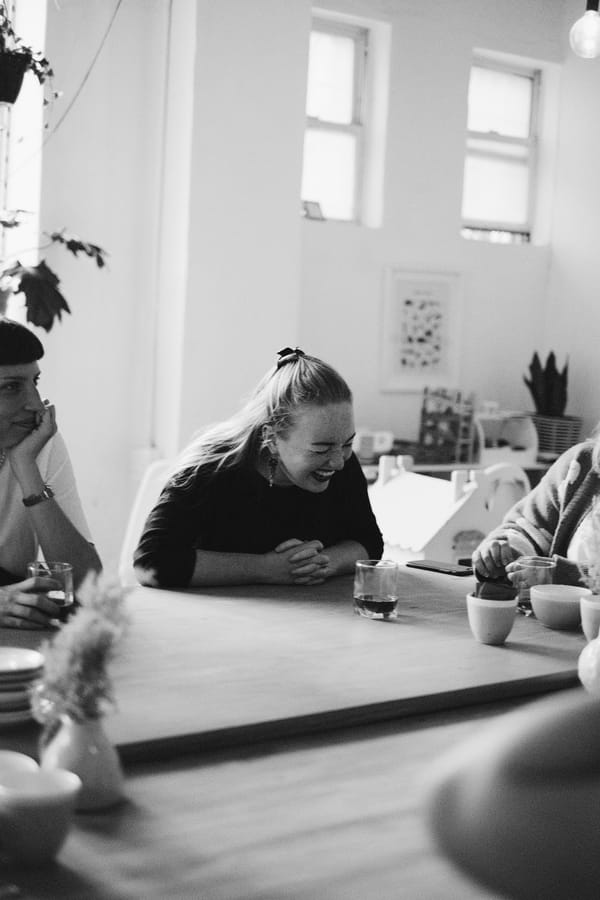

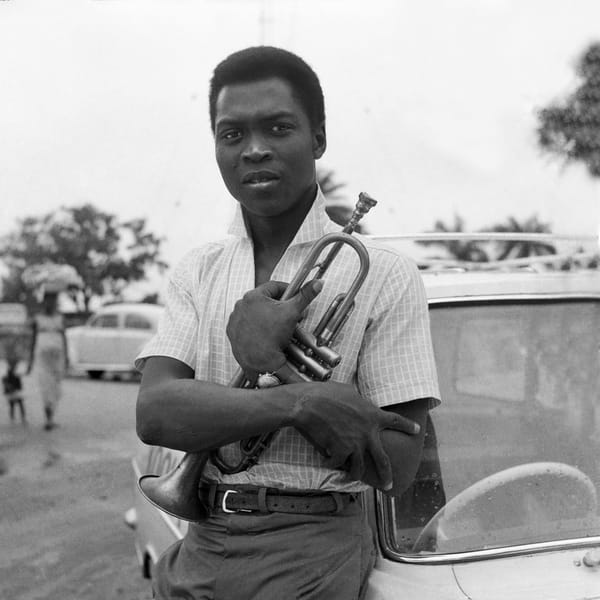
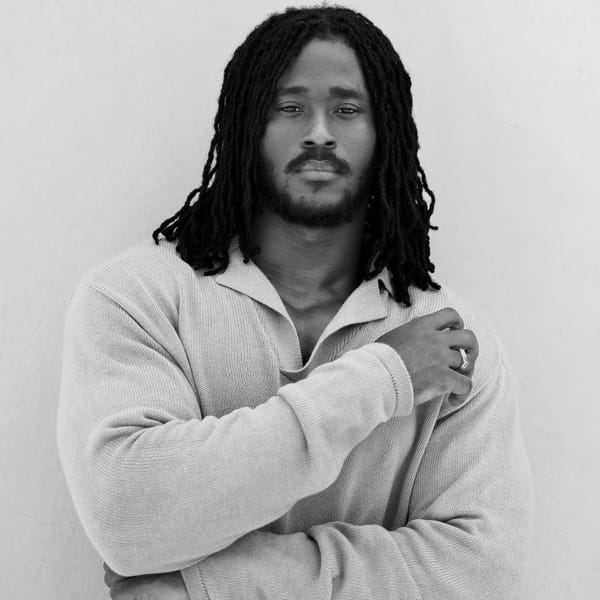
Member discussion